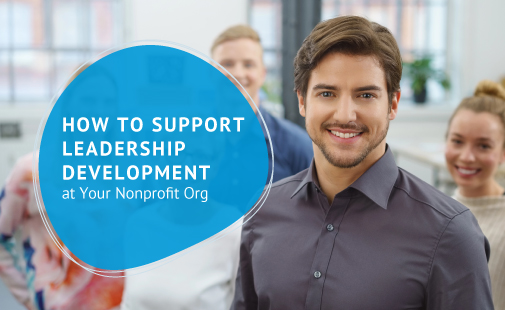Now the good part! While Part 1 had some general commentary about the report, this follow-up may hold the most significance for the fundraising industry.
The Report focused on the caring and sharing impact on people’s happiness, with the Nordic countries being the happiest. What really struck me, though, was the latter half of the findings. One of the key conclusions was that our well-being depends not only on others' perceptions of our benevolence, but also on their actual benevolence. Since we typically underestimate the kindness of others, “our well-being can be improved by receiving more information about their true benevolence.” This has direct implications for a fundraising campaign, as lead investments can have an outsized influence on campaign success.
A finer point about benevolence is that it benefits the giver. This is most apparent if the act is voluntary, the motivation is to help others, and (foreshadowing employed here) “it has an obvious positive impact on the beneficiary.”
Classic research in psychology and behavior indicates that recognizing the effectiveness of one’s actions is a key predictor of whether one helps at all. This is part of the “identifiable victim effect,” and a big part of the “Rokia” study I discuss in several of my previous books. Those studies concluded that people are more likely to help when there is “one clear identifiable target in need over a larger number of unknown targets.” In other words, these studies suggest that a picture of a starving child, accompanied by a name, will raise more money than a page of statistics showing the number of starving children in need of help. It is not surprising that people tend to relate better to a person than a page full of numbers.
Not the First Time You Have Heard This
My longstanding and well-documented position on this is that, of course, an identifiable recipient is more relatable than a bunch of numbers. Still, if the numbers themselves are made relatable to the intended funding prospect, the fundraising campaign will be much more successful. If they address the target’s motivation to give, the money flows naturally.
In a related context, they mention another study in which students were asked to donate to a charity that made the impact of their work “incredibly clear” or to a charity that served the same population but did not explain the use of their donation. The conclusion was that when the impact was clear, donors reported higher levels of happiness, whereas when the impact was unclear, they did not. This has several fundraising implications, including the effectiveness of something we at Convergent do all the time — informing people how their money is producing positive outcomes. Not only does this raise more money, but it also makes the donor feel better and happier.
Giving to Others
Of the various chapters, the last one is the most relevant to the world of fundraising. How to express one’s benevolence is addressed, and in fundraising, this is embodied by the phrase “Where should I give my money?” In the context and spirit of this study, the logical answer is to give where it will generate as much happiness as possible.
The report uses a relatively new measure of happiness, well-being-years, or WELLBYs, where one WELLBY “is equivalent to a 1-point increase on a 0-10 self-reported wellbeing scale (typically life satisfaction) for 1 person for one year. One of the benefits of using self-reported data is that it allows for an understanding of how much factors such as health and wealth truly matter to individuals, rather than assuming they do. This is a close cousin to the “quality of life” measure, an important consideration in many economic development campaigns.
Specifically, to the fundraising process, there is a treasure chest of takeaways:
- We often assume that people want to be “effective givers.” This may not be realistic, and research has found that people are not effective givers due to two factors: 1) a lack of information (they don’t know how or where to give effectively), and 2) a lack of motivation (they prefer to give to causes they are sympathetic to, even if this means less impact).
- People often believe that nonprofits don’t differ much in terms of cost-effectiveness.
- High overhead receives too much focus as a qualifier for consideration as an effective charity. The article’s witty example is the hypothetical charity, Donuts for Billionaires, which is run entirely by volunteers and spends 100% of its money on snacks for the world’s wealthiest people! Zero overhead, but not what most would consider cost-effective.
Thank You, World Happiness Report
Let me relate the above bullet points to one phrase that I feel is the most crucial piece of fundraising wisdom: people invest in nonprofits because of the outcomes they deliver. This relates directly to the first bullet point above, which states that effective givers need both 1) information and 2) proper motivation. The most successful fundraisers demonstrate the outcomes (and hopefully their value) that a prospect’s investment will achieve, as this is the most valuable and useful information. Motivation to invest is best achieved by moving a funding prospect from a base Capacity level to a Concern level, and if a fundraiser is outstanding, up to the top level of Connection. One of the best ways to connect with someone is by demonstrating the outcomes that will be delivered, because this is why people invest (whether they think of it this way or not) in nonprofits.







